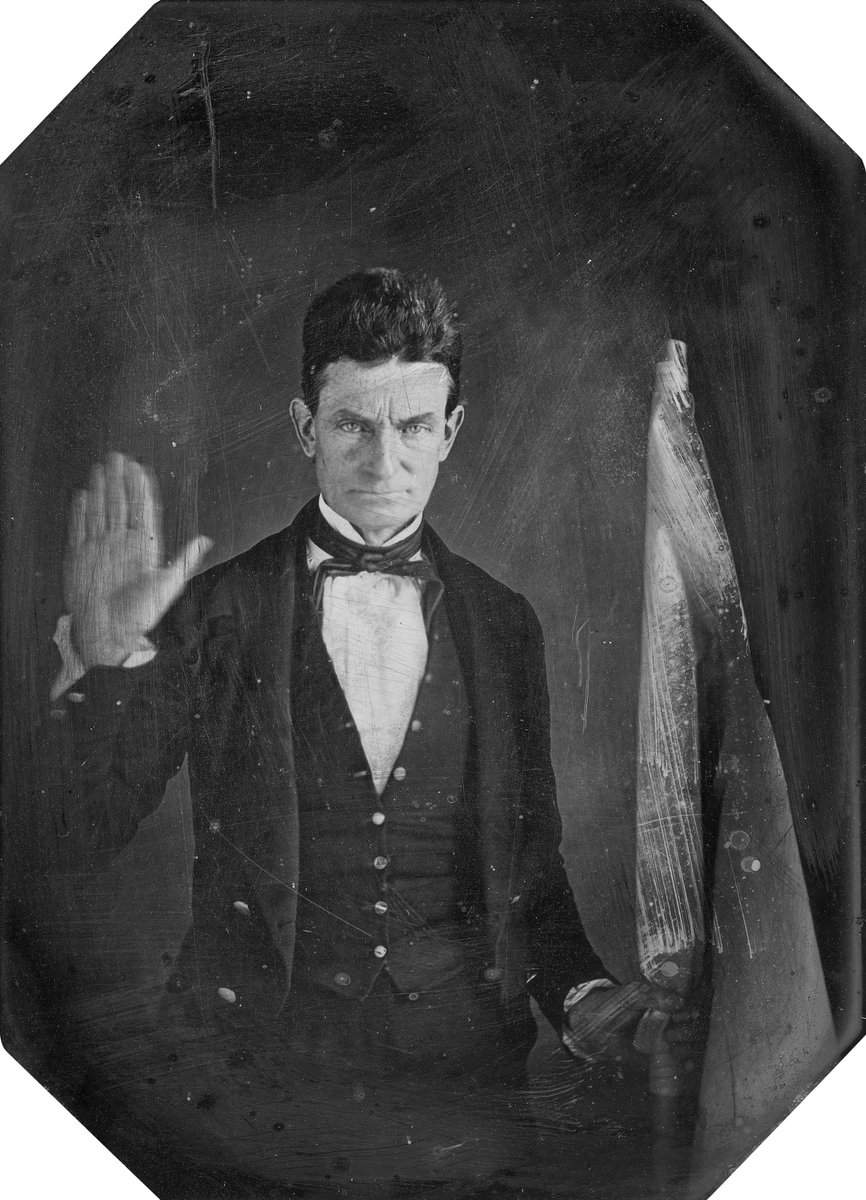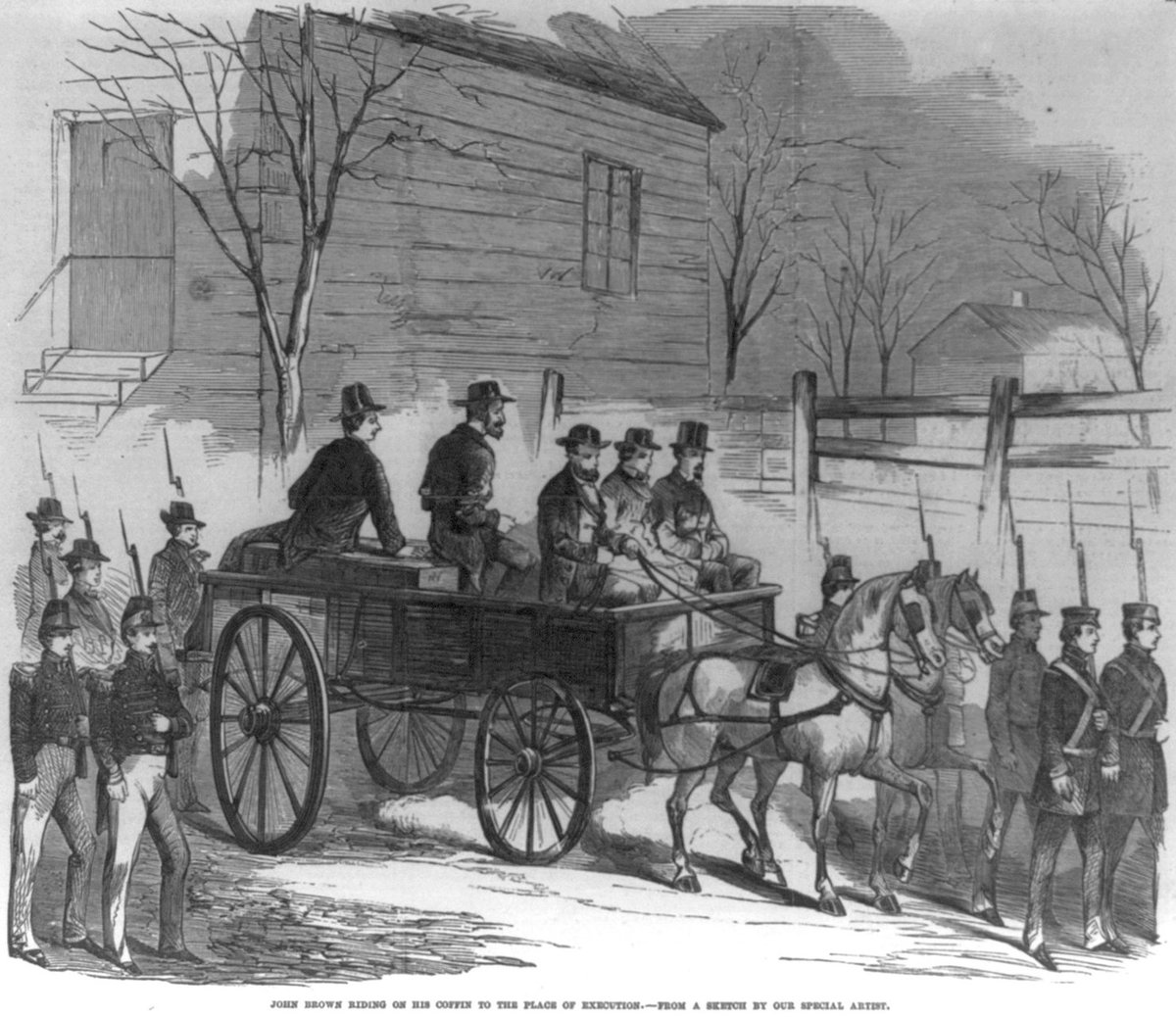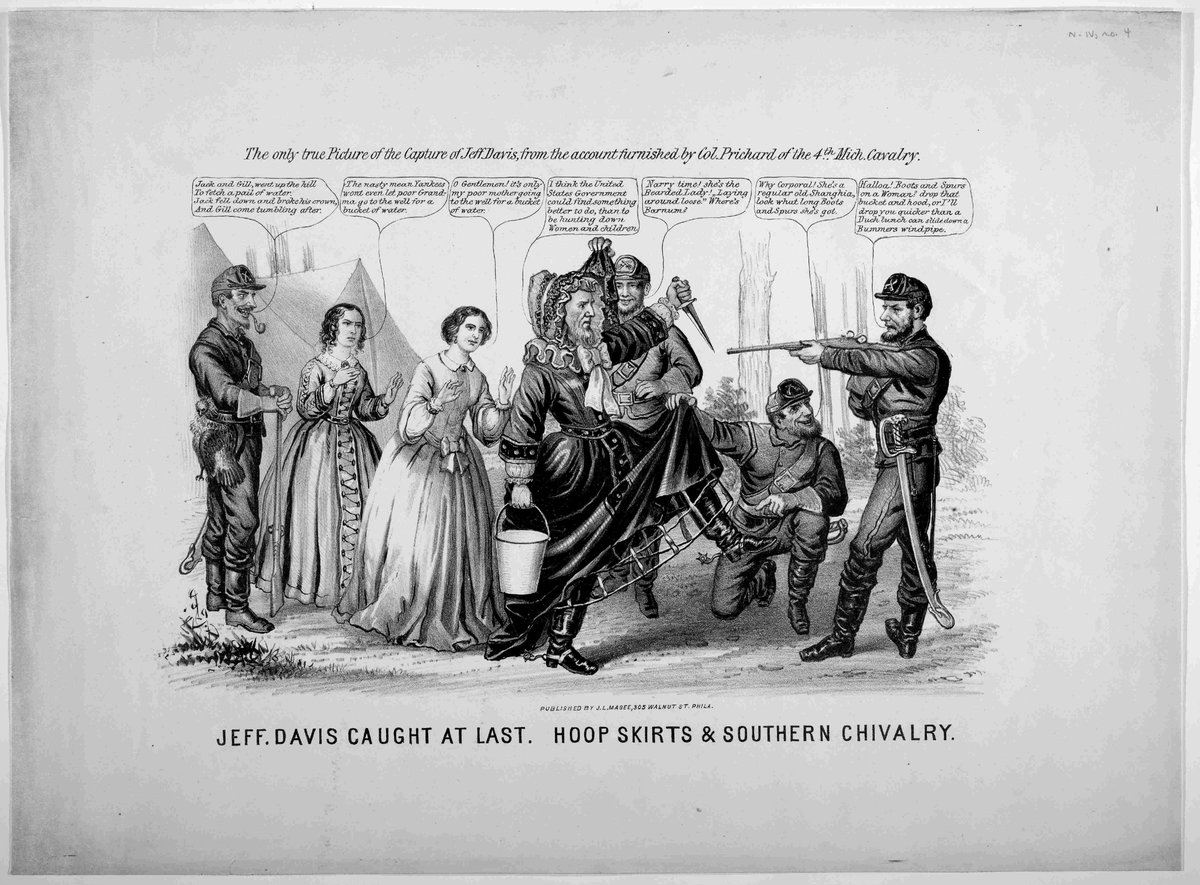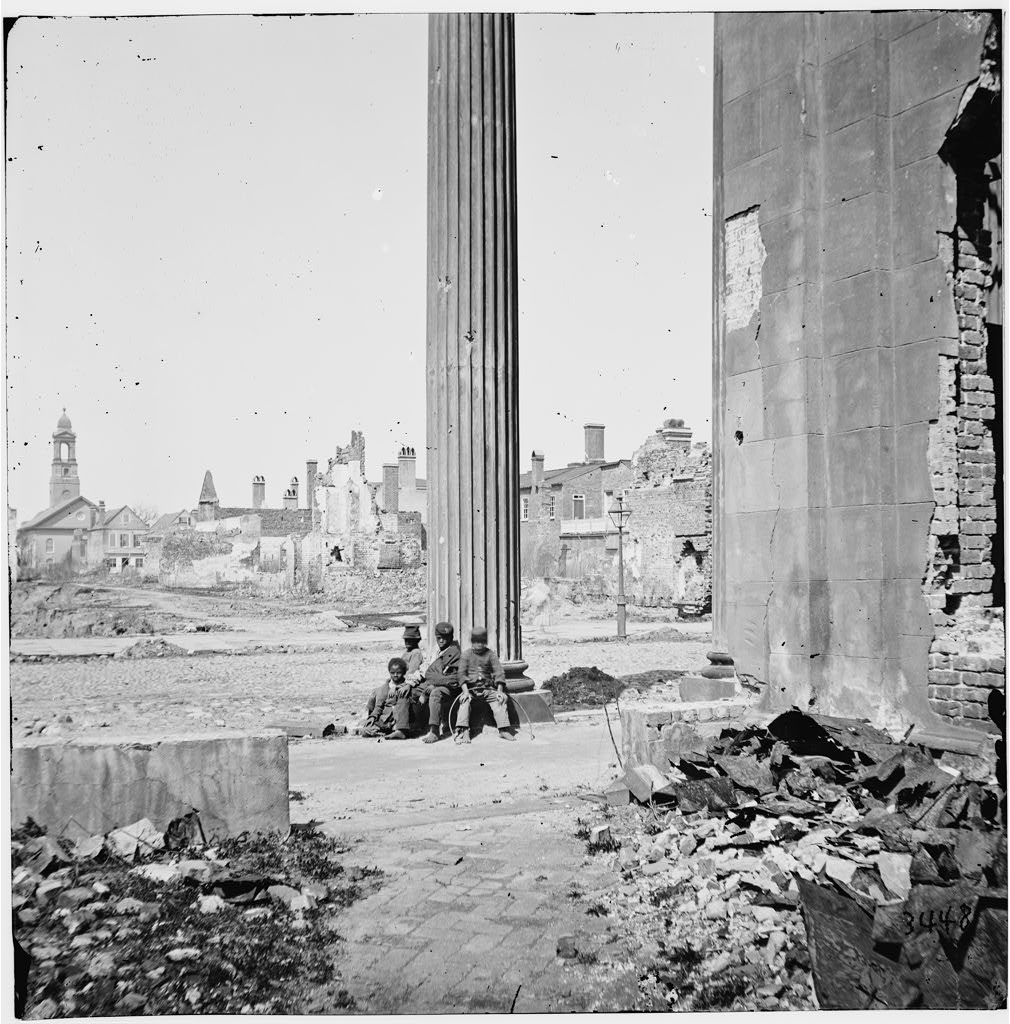
John Brown was born #OTD in 1800 in Torrington, Conn. Brown was a militant abolitionist and rose to national prominence during Bleeding Kansas in the 1850s. He led a raid at Harper's Ferry, Virginia in 1859 in hopes of inciting a slave revolt that would destroy slavery itself. 

As a boy his family moved to Ohio. His father started a successful tannery business. One of Brown's father's employees was U.S. Grant's father, Jessie Grant. John Brown was raised in an abolitionist family who offered aid to fugitive enslaved people on the Underground Railroad. 

Brown later founded his own tannery business in Pennsylvania and also aided fugitive enslaved people in their quest for freedom. His abolitionist views became militant I during the early 1850s when he lived in Springfield, Massachusetts.
When a state-level civil war broke out in Kansas over the fate of slavery through popular sovereignty in the territory, he and five of his sons moved there to fight for abolition. Brown was incensed after the city of Lawrence was overtaken by pro-slavery supporters.
In retribution, he and his sons carried out the Pottawatomie massacre in late May of 1856. He participated in several battles in Kansas over the next during the remainder of 1856 before leaving Kansas to raise money for the abolitionist cause elsewhere.
Brown lived in New England for the next two years and then operated in Iowa and Kansas beginning in 1858. Brown had been planning to start a slave revolt to destroy the institution since the 1840s. He decided to act not those plans in 1859. 

He led 18 men in the raid on the federal arsenal at Harper's Ferry, Virginia on October 16, 1859. He and his men were surrounded by forces commanded by Robert E. Lee on October 18. Future Confederate General J.E.B. Stuart approached Brown and his men, urging them to surrender.
Brown refused to raise the white flag and, when given the option to surrender responded, "No, I prefer to die here." Brown was later captured. Over the course of the raid he and his party killed 4 men and wounded 9 others. 10 of his men were killed. 

He and six of his men were arrested and put-on trial by the state of Virginia for murder, inciting a slave insurrection, and treason. He was convicted on all counts and scheduled to be executed on December 2. 

As John Brown walked toward the gallows on December 2 he passed his written last word to a jailer. They read, "I, John Brown, am now quite certain that the crimes of this guilty land will never be purged away..." 

"...but with blood. I had, as I now think, vainly flattered myself that without very much bloodshed it might be done." The raid on Harper's Ferry proved to be a catalyst toward civil war, creating a bitter rift in Congress between Northern Republicans and Southern Democrats. 

The sectional divide over slavery grew. Southern slave states began seceding from the Union the next year after the election of Abraham Lincoln. By April of 1861 the nation was embroiled in the bloodiest conflict in its history. The fight for America's soul had officially begun.
Brown's last word proved to be prophetic, as hundreds of thousands died during the Civil War. The nation's original sin was washed away in a baptism of blood.
Black men began enlisting in the U.S. military in staggering numbers in 1863, eventually comprising approximately 10 percent of all Union forces. They were participating in the largest slave insurrection the nation had ever seen.
Many Black regiments were among the first to liberate enslaved people throughout the South, often times singing "John Brown's Body" as they as they marched.
• • •
Missing some Tweet in this thread? You can try to
force a refresh
















